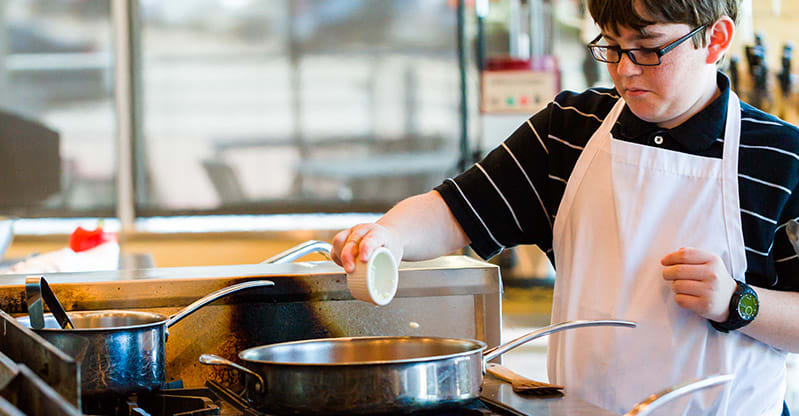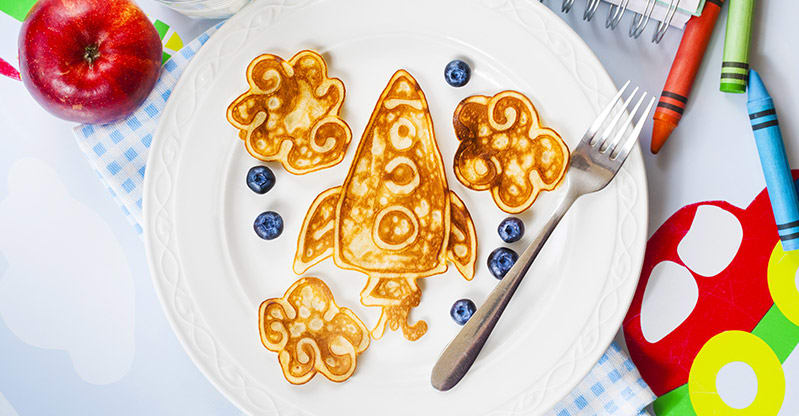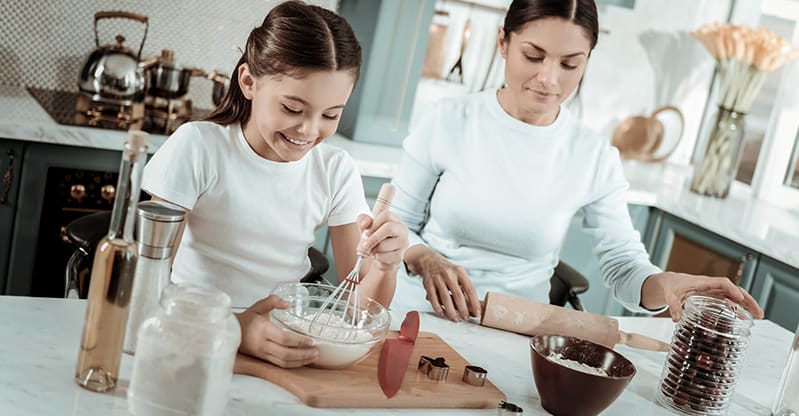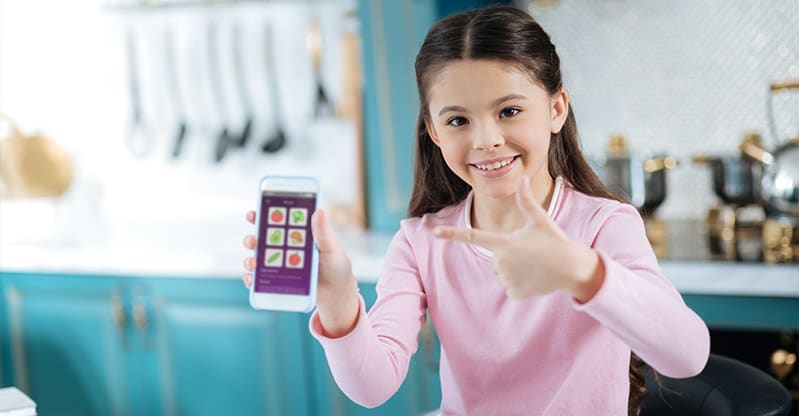Before we begin to share this interesting perspective about the similarities between cooking and coding, we want to clarify that we have no idea if Gordon Ramsey could build an amazing app by himself (although, his kids could if they’d just joined our online courses), and we are not saying that Bill Gates’ team could win a Michelin star for their cooking skills.
In this new blog post, we are going to mention several similarities between cooking and coding. But we’ll go beyond that. A large part of those things they have in common is closely related to the way we teach coding, the focus on the process, and the phenomenal results people have when they can fix, remove or add ingredients throughout the process.
Indeed. Coding and cooking are similar. But why? Make yourself comfortable and let us explain our point of view. We’d be delighted to read your opinions in the comments below.
Focusing on the process: Is there salt missing? Maybe a new colorful element for your app?
As we’ve mentioned before, we live in a hyper-connected world, where the atomization of processes has produced a dangerous lack of human interaction in the learning processes.
Living in the middle of the 4th industrial revolution, demands our children do something that adds “humanity” to these processes. That is why collaborative learning is so important, and also, why the Vygotskyan approaches to education are now, more relevant than ever before.

But what is all this “formative assessment” trend? In simple words, it is focusing more on the process than on the standardized tests at the end of it. See? Just like in cooking! As some well-known educators describe it, education should be like cooking. When you cook, you try the food in the middle of the process to check if it’s missing sugar, salt, pepper, or maybe some garlic. You add ingredients on the go. Recipes become some sort of guide, but the need to check, try and taste before serving, will always exist.
Same thing in coding! When your kids create their own app, they’ll have to try how it works, they’ll test the added elements and colors, and they’ll feel the user experience of their app before they launch it or share it with their friends. Giving your kids the space to think about the process, and the possibility to add, remove or modify what they did up to that exact point enables them to open their minds to a whole new level of possibilities and creativity. Just like in cooking.
Creativity: Trying out new ingredients to innovate and surprise!
Did your grandparents ever think that Thai food, sushi, or Middle-Eastern/South American fusion kitchen would even be a thing? Well, the amount of creativity people have added to their jobs in the kitchen has allowed these trends not only to become a thing, but to be requested by thousands around the world.
Just like in cooking, coding requires a high amount of creativity. But what is the right environment for creativity to just happen? An open space, with a variety of tools, where hands-on learning is required, can assure the appearance of creativity in learners.
The world moves at a very fast pace, and both coders and cookers should follow trends, be up to date with new technology, ingredients, plug-ins, and most important of all: what makes their main audiences happy!
Both chefs and app developers need to pay lots of attention to what the public is asking for and then find the most creative ways possible to turn it into something concrete, either in a fantastic app or in a praiseworthy dish.

Experiment: Try, try, then try again
This rule applies to almost every field, but especially for cooking and coding. In these 2 fields, experts and creators need to try and discover new options to achieve their goals, daily! It is in the kitchen and in the room where your kids create their own apps where the hands-on experimentation process takes place… and it should be like that.
The discovery process when creating an app is fundamental. It includes field research, understanding new tools and options, getting to know new platforms, plug-ins, colors and features, and as we mentioned before: Deeply understanding what the target market wants.
And in the kitchen? Same story! You wouldn’t serve cheesecake with citric bacon, 3 falafel balls, and pieces of watermelon on top of it, right? Well, there’s no way to know if a dish (or an app) like this will be successful or not until you try, try and try again.
But what are the tools learners get from this process? So many! Just to mention a few, they can truly boost their creative thinking, their analytical skills, and strengthen their critical thinking when deciding which elements work and which do not.

We don’t teach how to cook, but your kids can learn how to code today!
Besides enjoying a very nice meal once in a while, and understanding the similarities mentioned above, we don’t know much about cooking. That being said, we do know a lot about coding and we’ve discovered the best methodologies to teach kids how to program.
Enroll your children in one of our online, live coding courses and let yourself be surprised with the amount of stunning, breathtaking apps and games they will create. Let them discover their own potential while they get all the necessary tools to turn any idea into a surprising reality.









